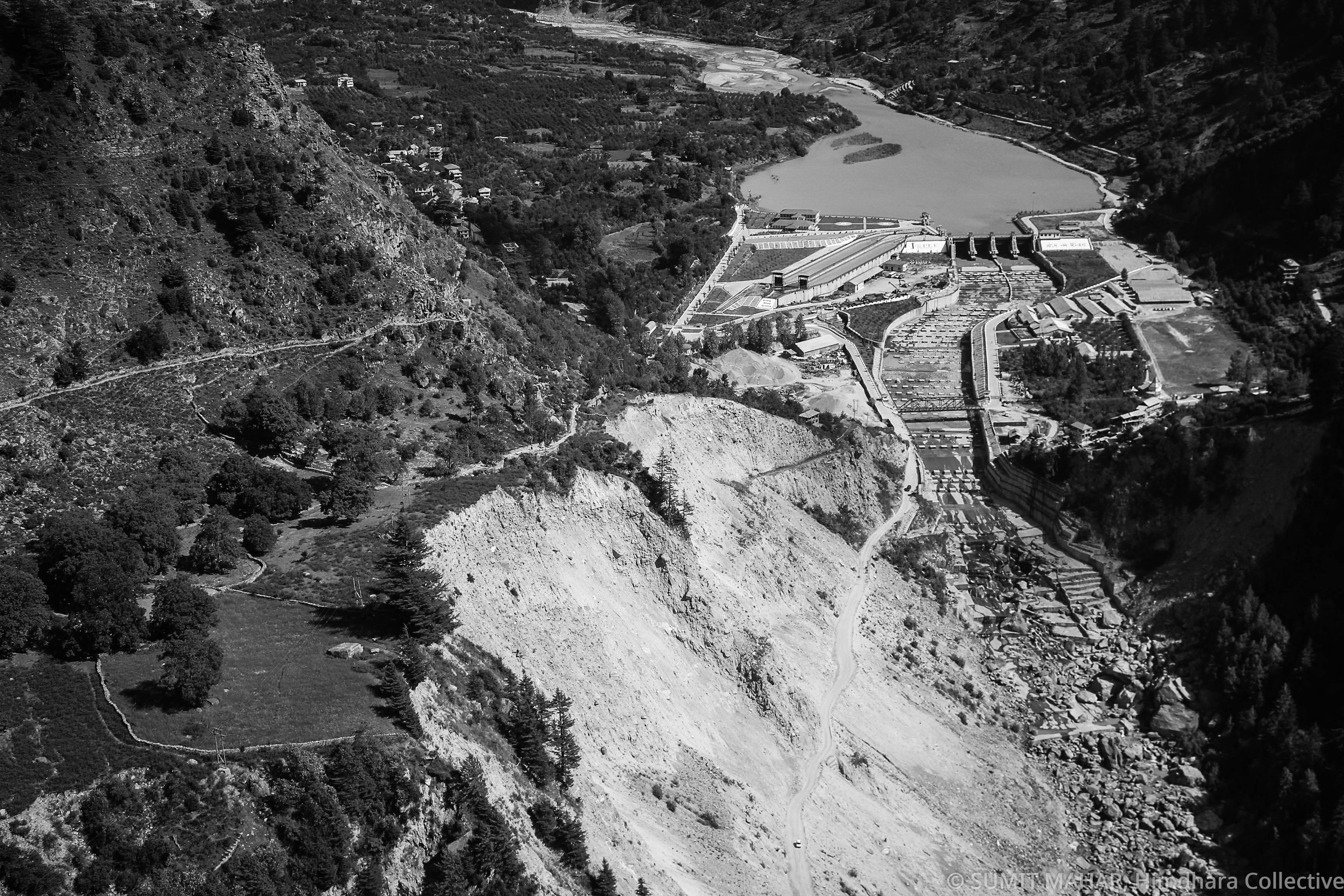The disastrous flash floods in Uttarkhand in June 2013 turned the spotlight on a frontier region in the Western Himalayas, at least for a time. Was it a cloud burst or heavy rainfall? Could it have been predicted and prevented? Did the meteorological department mess up or was the problem the state government’s slow response? Was it a tragedy waiting to happen as mindless development came in the way of the river’s natural course or was it induced by climate change?
Seven years on, many television debates, scientific papers and a Bollywood movie later, these questions have been buried by those in power. The damaged Kedarnath temple has been rebuilt and renovated. The prime minister has announced that he will put the char dham – the four sacred pilgrimage destinations in Uttarakhand – on the global tourist map. A series of highway expansions are underway, blasting and digging through the already crumbling mountains.
Another question policymakers have tried to bury is the role of hydropower development in the upper Ganga basin catchment – one key activity held responsible for exacerbating the impact of the disaster. The sediment carried by the Bhagirathi and Alaknanda rivers – multiplied as muck and debris from the construction of dams – added to the massive silt in the floodwaters. A research study showed that 47% of the debris that buried part of Srinagar town in Uttarakhand came from hydropower projects located upstream. Without these dams the impact of the flood would have not been so bad.
On a visit to Kinnaur in neighbouring Himachal Pradesh just days after these floods, we found scenes of devastation too. Clearly, this was not just an ‘Uttarakhand disaster’. The Satluj river valley is part of the Indus basin just west of the Ganga river basin. It is also the state’s hydropower hub with the highest installed capacity as well as identified potential for generation. Between June 15 and 17, 2013, this region also saw untimely heavy rainfall in an usually dry area. This triggered floods, landslides, erosion and damage to agriculture fields, apple orchards and cattle. Local infrastructure collapsed, disrupting daily life…. Read more






